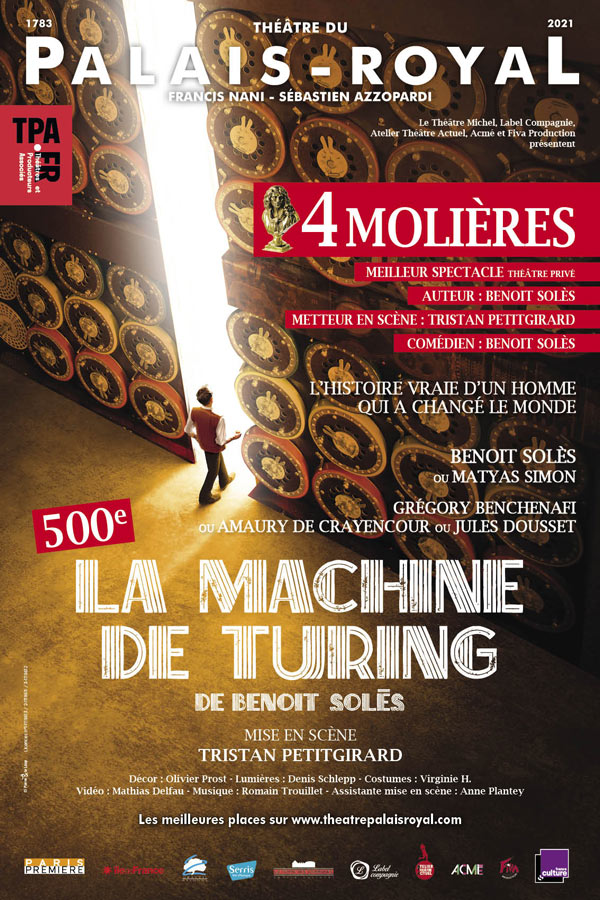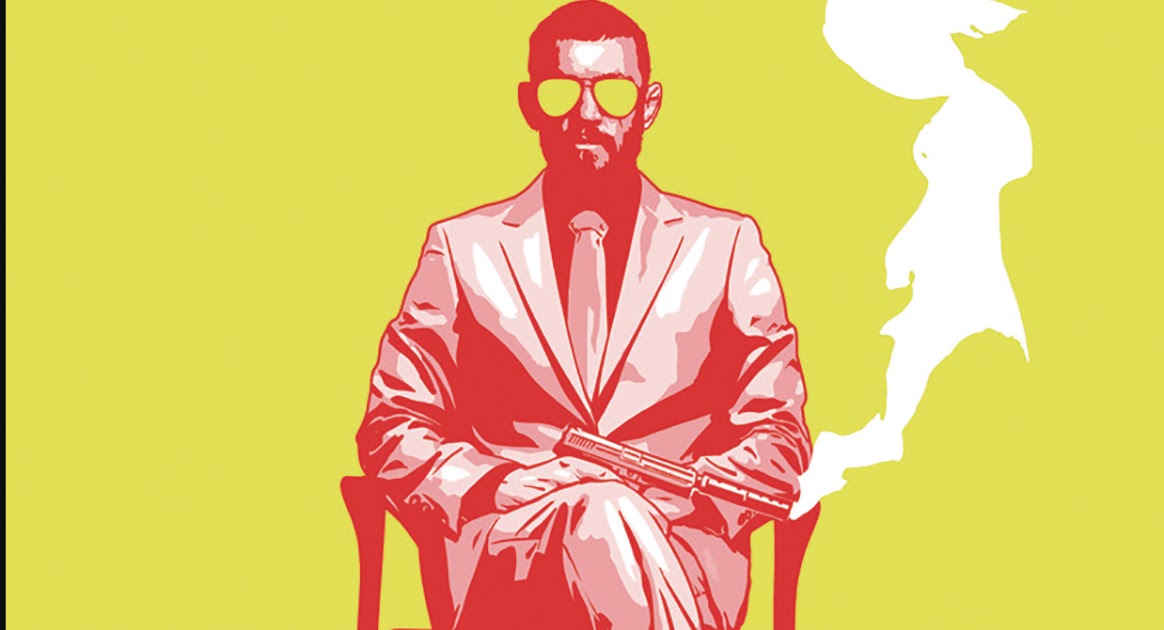How about attending the meeting between Voltaire and Newton? But, in this animal series, edited by Delcourt, the French writer is a stork, the English scientist a spaniel, and this is only the first of the surprises of this volume.
Between history…
The reader meets major writers of Western thought from the first box of Voltaire and Newton when Jonathan Swift discusses with Voltaire. The French philosopher did come to London, where he admired the political system and religious tolerance (relative at the time). He was also passionate about science. Even known in England, Voltaire must integrate a network of relations to hope to meet a powerful character such as Newton. Historians' studies prove that Voltaire only attended Newton's funeral. This scientist lived in the countryside at Cranbury Park. He was a Freemason and Miss Barton, his niece, was very close to him. Even in an animal story, screenwriter Mitch incorporates historical elements. In addition, the dialogues imitate the style of the Grand Siècle. 
… and the zoo
In Voltaire and Newton, if the starting point and elements are historical, the whole rest is invented which is far from surprising in a story where humans are replaced by animals. It is also fun to understand the selection according to the historical figure. Swift is a rabbit and Mrs. Barton a snake. The choice of animal sometimes corresponds to age. Very old, Newton is a dog with a tired mouth. The selection is related to Voltaire's characterization. He is a heron because this intellectual is poised, elegant but, when he gets carried away, he quickly takes out his sword. We learn that this habit comes from a bad meeting in France. On the contrary, Native Americans remain human. We can see the wish to value this people qualified as "barbaric" in theeighteenth century. To make these animals human, it takes the talent of the designer Baudruret. Nevertheless, we can regret the very visible marks of its colorization. If we put aside the animals, the scenario remains initially in the rails of the historical comic. Through Newton's niece, the two men met secretly. An intimacy is declared around their common conception of God. They reject clergy and dogmas but admit the existence of a god ordaining the world. Miss Barton also exchanges equally with them in a contemporary vision but also plausible at the time for the elite.  Voltaire and Newton surprises us by switching to steampunk when Newton unveils his latest invention, the Forslo. It is a flying boat that should allow the scientist to prove his theories but he is too old. He sees in Voltaire by assisting who will alleviate his physical problems but the latter remains skeptical. This moment shows that the two men are different. They then form an opposite duo, a classic of comedy comics but it is without counting on Miss Barton. Alas, an incident disperses these travelers in three different regions that are the realization of their political theory. Indeed, during the meal, everyone preaches for his political utopia: a world regulated by science, an assembly of women and enlightened despotism. Everyone notes that there is a gap between political theory and reality. The first volume of Voltaire and Newton launches with humor a series full of surprises. We discover scientists in animals. Then, the reader is amused by jokes and scenes closer to Asterix than Blacksad. Finally, he wonders if he has not just read a book on the dangers of the political utopias of the Enlightenment. The rest will provide an answer… new surprises. You can find on these links other chronicles on historical comics with Lewis & Clark and Pius VII.
Voltaire and Newton surprises us by switching to steampunk when Newton unveils his latest invention, the Forslo. It is a flying boat that should allow the scientist to prove his theories but he is too old. He sees in Voltaire by assisting who will alleviate his physical problems but the latter remains skeptical. This moment shows that the two men are different. They then form an opposite duo, a classic of comedy comics but it is without counting on Miss Barton. Alas, an incident disperses these travelers in three different regions that are the realization of their political theory. Indeed, during the meal, everyone preaches for his political utopia: a world regulated by science, an assembly of women and enlightened despotism. Everyone notes that there is a gap between political theory and reality. The first volume of Voltaire and Newton launches with humor a series full of surprises. We discover scientists in animals. Then, the reader is amused by jokes and scenes closer to Asterix than Blacksad. Finally, he wonders if he has not just read a book on the dangers of the political utopias of the Enlightenment. The rest will provide an answer… new surprises. You can find on these links other chronicles on historical comics with Lewis & Clark and Pius VII.










































